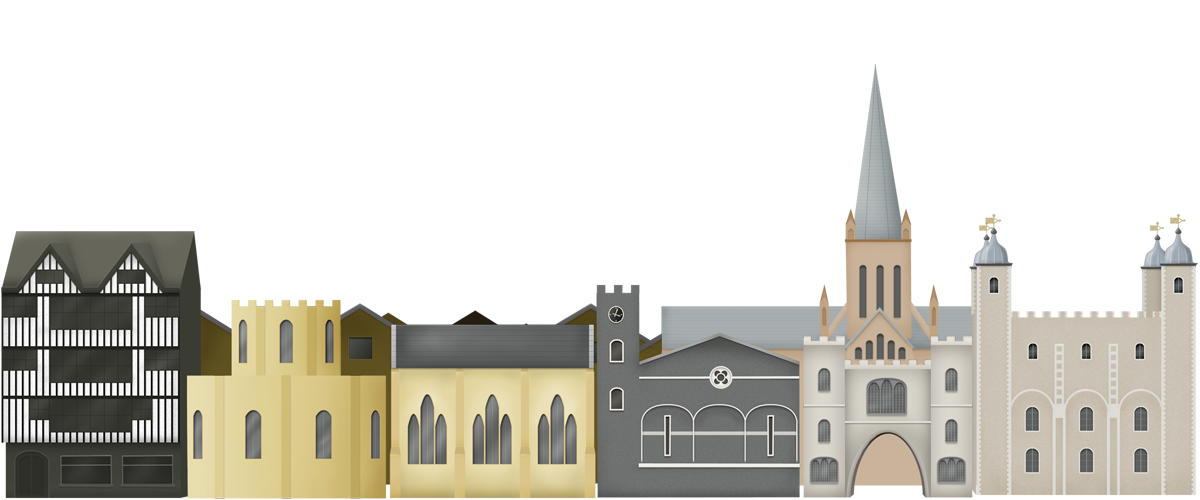Earlier Hackney
Hackney is a very old settlement, standing on high ground before the marshland to the east. The Roman road of Ermine Street passed to the west, and there was a village recorded by the thirteenth century.
By Tudor times it was already a village that had more than its fair share of houses of the well –off. Thomas Cromwell, chief advisor to Henry VIII had a country home called Brooke House in the eastern part of the village, and one of his household, Ralph Sadleir built a house in Homerton in 1535 called then ‘Bryck Place’ but now known as Sutton House. Brooke House was damaged by bombs and demolished in the 1950s, but Sutton house is still standing, one of the oldest surviving domestic building in London.
A century later the Parliamentarian general, Sir Thomas Fairfax, had a home in Hackney where his grandfather lived for most of the year. Colonel John Oakey, one of the fifty nine people who signed the death warrant of Charles I, lived at Barbers Barn, an Elizabethan brick built house on Mare Street.
Even before Cass’s time, Hackney was one of a number of villages surrounding London that were seen as places of refreshment and recreation for the well to do. Hampstead was another, raised on its hill above the smoke of London town, and Islington was a pretty spa village where visitors could drink the mineral waters, bathe in the health giving pool and take refreshments on a summer afternoon
